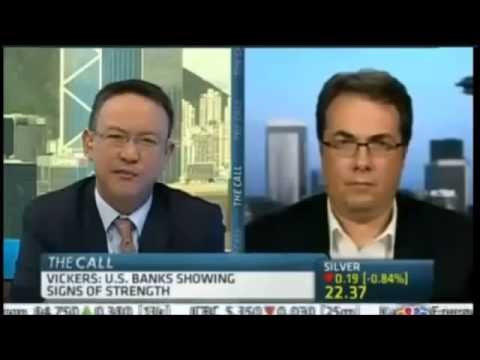Dow 101 Dow breaks 17 000 for first time; what is it and how does it work
Post on: 22 Май, 2015 No Comment

The Dow Jones industrial average topped 17,000 for the first time in its 118-year history Thursday, the indexs first big 1,000-point milestone this year, following news that hiring in the U.S. accelerated last month.
The market rose 92.02 points, or 0.5 percent, from the opening of trading, to 17,068.26, after the government reported that U.S. employers hired more employees than investors and economists expected. Trading was extremely light, though, and trading ended early ahead of the Fourth of July holiday Friday.
Right now the story is onward and upward, said Neil Massa, senior trading at John Hancock Asset Management.
The Dow, an index of 30 U.S. blue-chip stocks, is the oldest barometer of the stock market. So what does this all mean? Heres a primer on the Dow and how it works.
WHAT IS IT?
The Dow is a group of 30 big corporations, nearly all of them household names, and its dips and jumps during the trading day reflect changes in their share prices. Its exclusive roster runs from American Express to Walt Disney. Other indexes, such as the Standard & Poors 500, open their doors to many more companies, providing a better overall picture of the markets performance.
The Dow may not be the best measure, but the oldest index remains the best-known shorthand for the stock market.
BEGINNINGS
In the late 19th century, following a number of bubbles and busts, most investors considered the stock market a dangerous place. Charles H. Dow created his index, in part, to make the market easier to understand.
The original Dow Jones industrial average had 12 big businesses including American Cotton Oil, National Lead and Laclede Gas Light Co. Dow first published his average on May 26, 1896; later that year, The Wall Street Journal began running it in the daily paper.
A SELECT GROUP
The number of companies making up the index expanded to 20 in 1916 and then to 30 in 1928. The number has remained the same since then, though the cast of characters changes every few years. Last September, Goldman Sachs, Nike, and Visa replaced Alcoa, Hewlett-Packard and Bank of America.
Entry is restricted to a company that has an excellent reputation, demonstrates sustained growth and is of interest to a large number of investors, according to the Dows managers.
LONGEST-STANDING MEMBER
General Electric Co. is the only remaining original member. The industrial giant dropped out of the average for brief spells but returned for good in 1907.
BEST DAYS
The Dows biggest point jump was on Oct. 13, 2008, when the average soared 936.42 points, or 11 percent, to close at 9,387.61. That followed the announcement of a European plan to bail out financial institutions.
Its biggest percentage jump was more than 15 percent when it reopened on March 15, 1933, during the Great Depression. The newly inaugurated President Franklin D. Roosevelt had shut down the banking system earlier that month. During this extended bank holiday, Congress passed a law to shore up the financial system and Roosevelt created the countrys first insurance for customers bank deposits.
WORST DAYS
The Dows biggest point drop came on Sept. 29, 2008, when the average lost 777.68 points, or 7 percent. That was the day Congress rejected a plan by the George W. Bush administration to bail out the financial industry.

In percentage terms, the Dows biggest drop was on Oct. 19, 1987, when it fell 508 points, or almost 23 percent, to close at 1,738.74. An overvalued stock market and expectations of rising interest rates combined with computerized trading to create that crash, known as Black Monday.
RECORD LOW
The Dows lowest level was 28.48, reached on Aug. 8, 1896, two and a half months after the index was started.
WHO OWNS IT
The Dow Jones industrial average is no longer run by Dow Jones, the media company that publishes The Wall Street Journal. (Rupert Murdochs News Corp. bought Dow Jones in 2007.) The index is calculated and published by S&P DowJones Indices, a joint venture company that is majority-owned by the publishing giant McGraw-Hill. CME Group andDow Jones hold smaller stakes.
WHAT MOVES
A $1 change in any Dow stock is equal to a move of 6.42 points for the Dow. In other words, if one blue chip rose $1, and the 29 other companies sat still, the Dow would increase 6.42 points.
EQUAL WEIGHT
The Dow is a price-weighted index. Most other indexes account for a companys overall market value, which is found by multiplying the number of shares outstanding by the stock price. For the Dow, the price is all that matters. So, a $1 rise in the price of AT&Ts stock will have the same impact on the index as a $1 gain for Nike, even though AT&Ts value is worth more than two Nikes.
The Standard & Poors 500 index accounts for a companys market value, making it a more accurate reflection of the market. As a result, mutual funds use it as a benchmark for their performance instead of the Dow.
This story has been updated.














